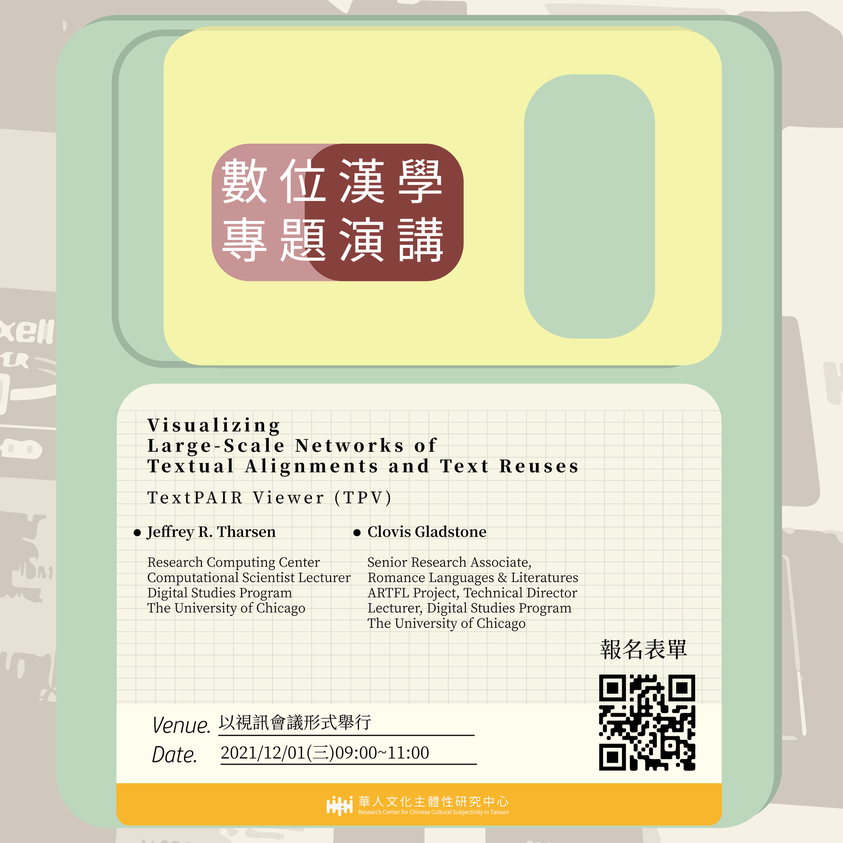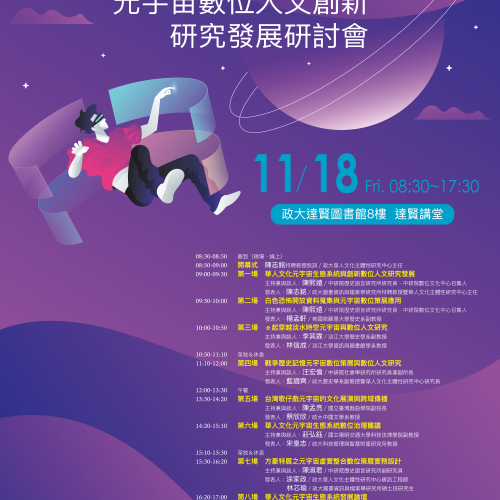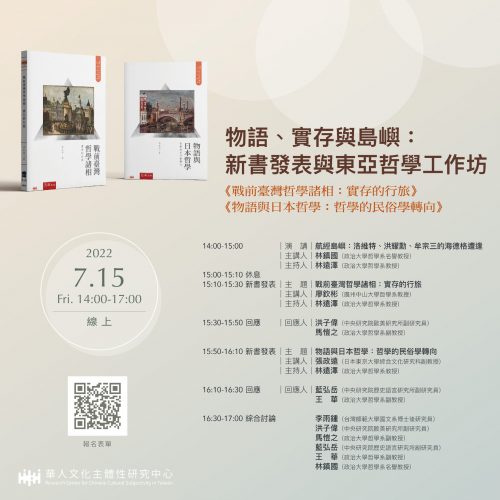會議資訊
時間:2021/12/1 (三)9:00~11:00
地點:以視訊會議形式舉行
報名網址:https://forms.gle/8z3iDyQmt871hm8g8
活動簡介
由於人文學特別互文的本質,芝加哥大學的學者曾經建設一個叫做TextPAIR的數位工具,方便學者認出大量文本彙編中的「文本重複使用」--引用、抄襲以及其他借用關係。在這個功勞上面,芝加哥大學進一步發展一個互動式的網路介面,方便學者探索TextPAIR所揭露的海量文本重複使用。叫做「TextPAIR Viewer (TPV)」的新工具將促進對文本重複使用的規模化解釋,並將互文性推向了新的方向。
The deeply intertextual nature of the humanities led the ARTFL Project to create a digital tool called TextPAIR, designed to identify “text-reuses” — direct quotations, plagiarism and other forms of borrowings — in large collections of texts. As a continuation of this effort, developers in the Research Computing Center at the University of Chicago collaborated with ARTFL to develop a new type of interactive network interface to help scholars visually explore the many thousands (or millions) of text-reuses uncovered by TextPAIR. The new tool, called the “TextPAIR Viewer” (TPV), provides users with a visual method for exploring large networks of textual parallels and patterns of reuse, and includes the ability to view each source passage in the alignments with character-by-character differences highlights between each pair of sources. As TextPAIR can detect both exact and “fuzzy” matches, the force-directed graph driving the TPV interface is able to identify both patterns of exact quotations or citations and allusions, paraphrases and/or heavily-reedited versions of original source passages.
As a result, we can now ask questions like: How much of Diderot’s Encyclopédie is drawn from contemporaneous sources, or how did the telling of the same historical vignette from Sima Qian’s Shiji 史記 change in Ban Gu’s Hanshu 漢書, or over the thousands of years thereafter throughout the official Chinese histories? We can uncover previously unknown “communities of reusers”: authors who borrowed from similar sources and who thus share the same intellectual reference points. In short, the TPV facilitates the interpretation of text-reuses at scale and pushes intertextuality in new directions.




